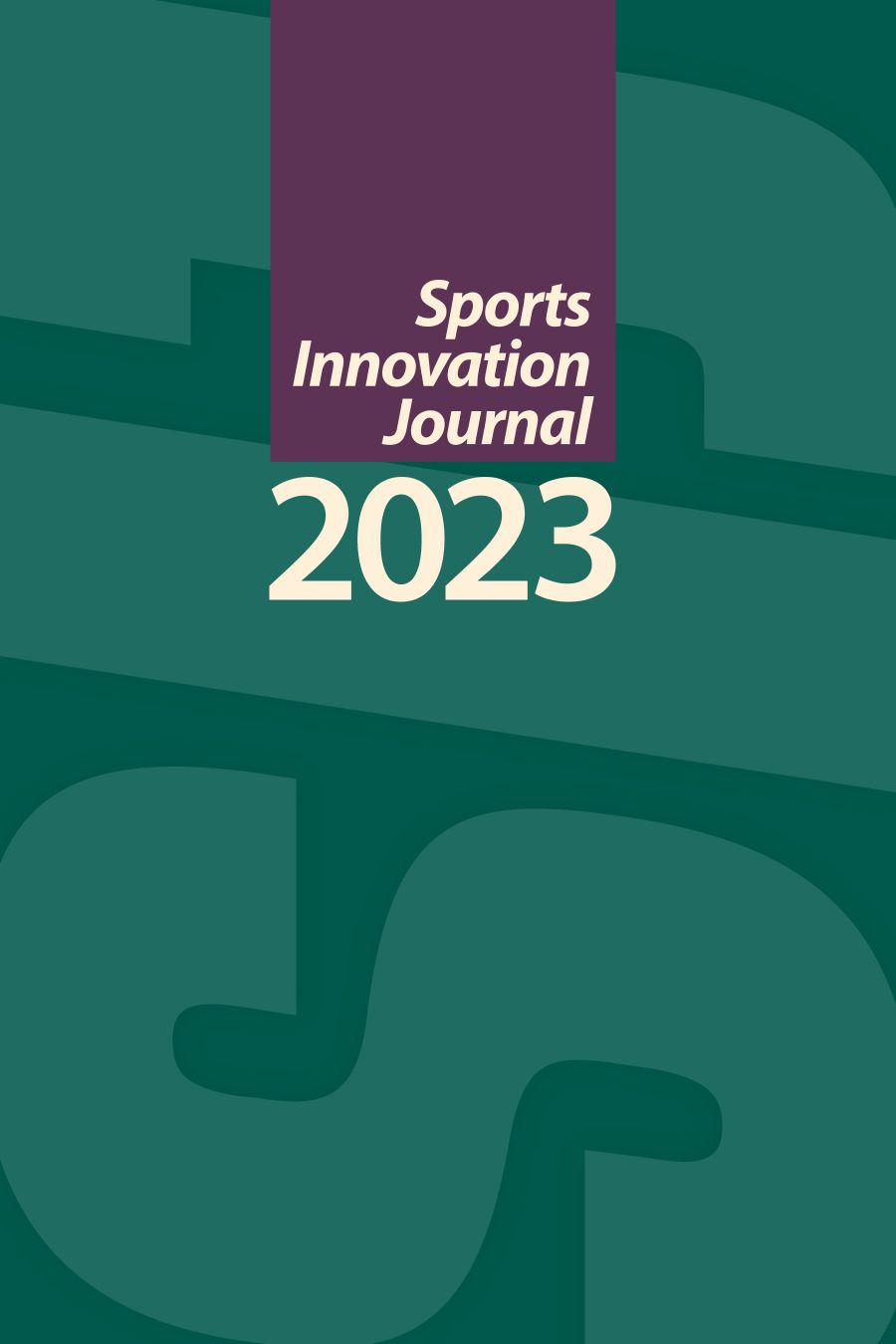Perception of the Effectiveness of a One-Person Compliance Department in Small College Athletics
Division II Compliance Operations
DOI:
https://doi.org/10.18060/26895Keywords:
athletics, person-organization fit, staffing, Division II, NCAA, complianceAbstract
There is a wide scope to the responsibilities reported by compliance officers working in the NCAA Division II landscape. With the varying responsibilities, it is crucial for administrators working at Division II institutions to consider person-organization fit when hiring a compliance officer. Therefore, the purpose of the research presented in this paper is to analyze the current perception of current compliance operations on Division II campuses to gain a better understanding of the person-organization fit requirements that may be imperative for success in the position. The results of this study indicate that compliance professionals feel supported in their role, but it is not effective to have a one-person compliance operation. Participants in this study offer suggestions to improve current compliance operations on Division II campuses. Recommendations include using resources such as The National Association for Athletic Compliance (NAAC) and conference office staff. Additionally, it was recommended to limit roles and responsibilities for compliance personnel that fall outside the scope of compliance tasks.
References
Ajagbe, A. M., Sholanke, A. B., Isiavwe, D. T., & Oke, A. O. (2015). Qualitative inquiry for social sciences.
Barnhill, Smith, N. L., & Oja, B. D. (2021). Organizational behavior in sport management : an applied approach to understanding people and groups. Palgrave Macmillan.
Bolton, C. B., & Rosselli, A. C. (2017, September 1). The assessment of NCAA Division I compliance professionals: A comprehensive look at these administrators, their experiences, and the pressure they face. Journal of NCAA Compliance.
Brinkmann, S. (2013). Qualitative Interviewing. Oxford: Oxford University Press.
Cable, D. M. & Judge, T. A. (1994). Pay preferences and job search decisions: a person-organization fit perspective. Personnel Psychology, 47, 17–348. https://doi.org/10.1111/j.1744-6570.1994.tb01727.x
Cable, D. M. & Judge, T. A. (1996). Person-organization fit, job choice decisions, and organizational entry. Organizational Behavior and Human Decision Processes, 67, 294–311. https://doi.org/10.1006/obhd.1996.0081
Chan, D. (1996). Cognitive misfit of problem-solving style at work: A facet of person-organization fit. Organizational Behavior and Human Decision Processes, 68, 194–207. https://doi.org/10.1006/obhd.1996.0099.
Chatman, J. A. (1989). Improving interactional organizational research: A model of person-organization fit. Academy of Management Review, 3, 333–349. https://doi.org/10.5465/AMR.1989.4279063.
Chelladurai, P. (2014). Managing organizations for sport and physical activity: A systems perspective, (4th ed.). Scottsdale, AZ: Holcomb Hathaway Publishing.
Dacin, M. T. (1997). Isomorphism in context: The power and prescription of institutional norms. The Academy of Management Journal, 40, 46–81. https://doi.org/10.2307/257020.
Fan, P. (2018). Person-organization fit, work-family balance, and work attitude: The moderated mediating effect of supervisor support. Social Behavior and Personality, 46, 995–1010. https://doi.org/10.2224/sbp.6915.
Gilad, C. (2005). Newcomer adaptation in teams: Multilevel antecedents and outcomes. Academy of Management Journal, 48, 101–116. https://doi.org/10.5465/AMJ.2005.15993147.
Johnson, R. B., & Christensen, L. B. (2016). Educational research: Quantitative, qualitative, and mixed approaches (6TH ed.). SAGE Publications Ltd.
Kaltenbaugh, L. P. & Parsons, J. W. (2013). A preliminary investigation of NCAA Division II compliance officers. The Sport Journal, 16, np–np.
Kim, I. & Kuljis, J. (2010). Applying content analysis to web-based content. Journal of Computer and Information Technology, 4, 369–375.
Kristof, A. L. (1996). Person-organization fit: An integrated review of its conceptualizations, measurement, and implications. Personnel Psychology, 49, 1–49. https://doi.org/10.1111/j.1744-6570.1996.tb01790.x.
Kristof-Brown, A. L., and Billsberry, J. Organizational Fit: Key Issues and New Directions . Chichester, West Sussex ;: Wiley-Blackwell, 2013. Print.
Kristof-Brown, A. L., Zimmerman, R. D., & Johnson, E. C. (2005). Consequences of individuals’ fit at work: A meta-analysis of person–job, person–organization, person–group, and person–supervisor fit. Personnel Psychology, 58, 281–342. https://doi.org/10.1111/j.1744-6570.2005.00672.x.
Lauver, K.J., & Kristof-Brown, A. (2001). Distinguishing between employees’ perceptions of person–job and person–organization fit. Journal of Vocational Behavior, 59, 454–470. https://doi.org/10.1006/jvbe.2001.1807.
Mertens, D. M. (2020). Research and evaluation in education and psychology integrating diversity with quantitative, qualitative, and mixed methods. SAGE.
Morley, Michael. Person-Organization Fit. Bradford, England: Emerald Group Publishing, 2007. Print.
Sofaer, S. (1999). Qualitative methods: what are they and why use them?. Health services research, 34(5 Pt 2), 1101.
Wheeler, A. R., Gallagher, V. C., Brouer, R. L., & Sablynski, C. J. (2007). When person-organization (mis)fit and (dis) satisfaction lead to turnover. Journal of Managerial Psychology, 22, 203–4219.
Downloads
Published
Issue
Section
License
Copyright (c) 2023 Kelly Elliott, Amanda Siegrist

This work is licensed under a Creative Commons Attribution 4.0 International License.
Copyright to articles published in Sport Innovation Journal is retained by the author(s).


